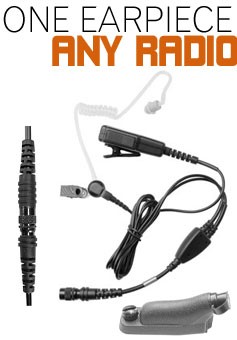
A microphone, a device integral in the world of earpieces and audio systems, is deceptively simple. At its core, it is a transducer, a device that converts one form of energy into another. In the case of a microphone, it ingeniously converts acoustic sound waves into electrical energy, which can then be amplified, recorded, or transmitted.
The Basic Principle
Simple microphones operate on a basic principle that involves a diaphragm, magnet, and coil. As sound waves meet the diaphragm, they cause it to vibrate. This vibrational energy moves a magnet located near a coil. In some designs, the coil moves within a stationary magnet. These movements, guided by the principles of electromagnetic induction, generate a small electrical current that corresponds to the frequency and amplitude of the incoming sound waves.
Powering the Microphone
Not all microphones need power to function. Only those with built-in electronics, primarily condenser microphones, require an external power source. Also, certain dynamic microphones, such as ribbon mics with additional electronic components, need what is known as phantom power.
Inside the Microphone
A closer look inside a microphone reveals a design that is both simple and complex. The key components include a magnetic (moving coil) transducer, contact plate, and contact pin. The contact plate is placed directly on the vibrating part of a musical instrument or another sound-producing surface, while the contact pin transfers these vibrations to the coil.
The Physics Behind Microphones
The principle that governs the functioning of a microphone is physics. More specifically, it relies on the principles of capacitance and electrostatics. In a condenser microphone, there are two electrically charged plates that form a capacitor. One of these is the diaphragm, which moves in response to sound waves. As this diaphragm moves in relation to the fixed plate, it alters the capacitance, generating a minuscule electric charge that can then be amplified within the



























